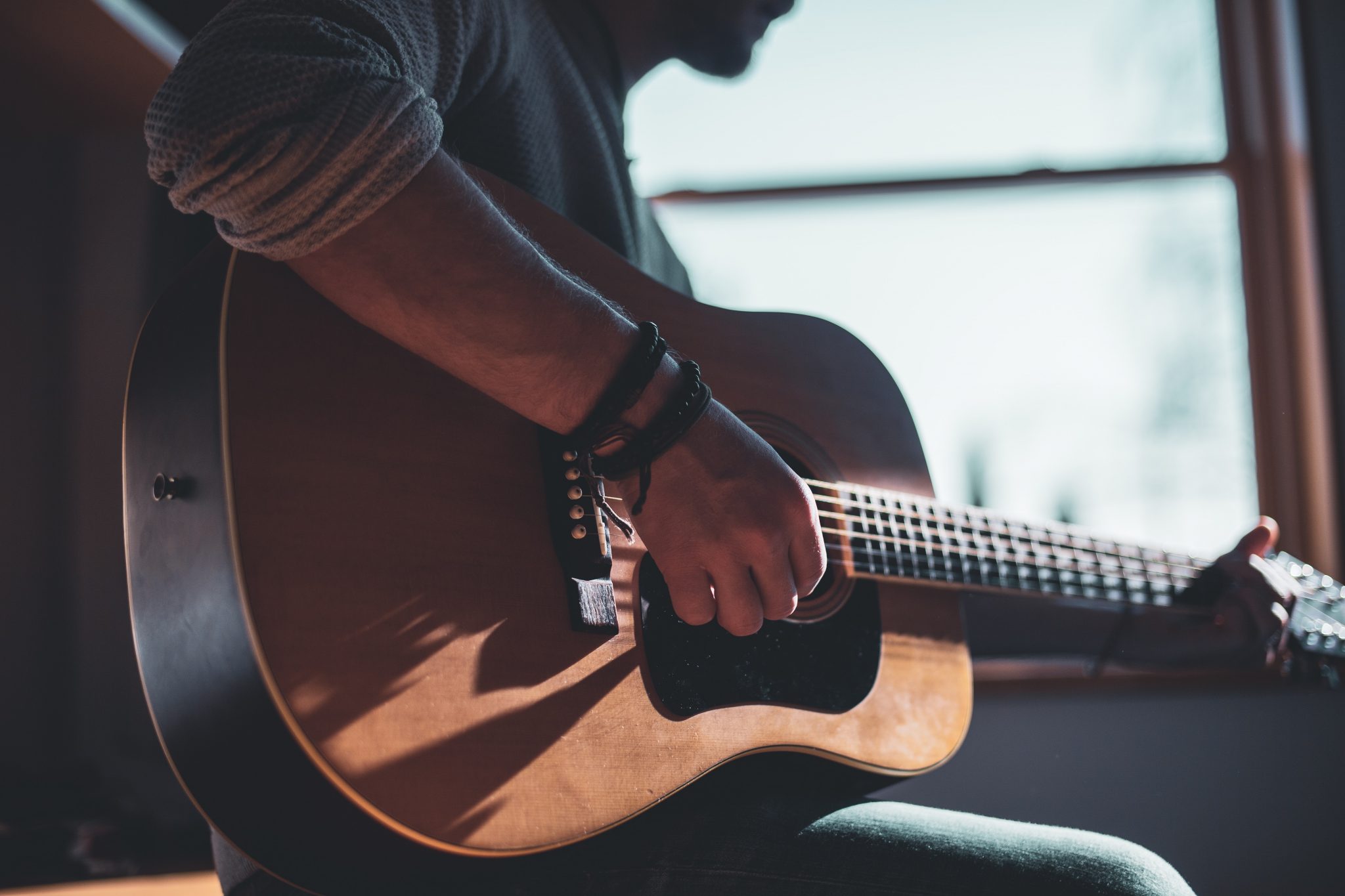Buying your first instrument is one of the most memorable things aspiring artists love to reminisce about. Your first guitar can be something that will accompany you throughout your musical journey filled with lessons and creativity. However, it can also be an overwhelming choice between the plethora of makes, sizes, and models. Here are some tips to help simplify the process of making the decision on choosing your first guitar:
Electric or Acoustic
This is one of the first decisions you’ll have to make when choosing your first instrument – electric or acoustic. Both types have their own advantages and disadvantages and identifying them to match your needs will help make it easier for you to decide the rest of the items on this list. Most beginners learn to play using acoustic guitars because of their simplicity and their straightforwardness. Regardless of nylon strings or steel, the acoustic type is absent distractions that’ll allow somebody learning the instrument to focus on the fundamentals.
Learning using electric guitars is not unheard of and it can be a very effective tool for a lot of musicians to learn from. They can manipulate a variety of sounds, playing styles, and favorable playability. The last part is attributed to the magnetism converting vibrations to voltage, then sounds so you’ll be able to use thinner strings which is more forgiving for when you fill out a note.
Playability to the ease of learning may be a factor but that doesn’t tell the entire story. With an acoustic guitar, you can hold off on learning effect pedals, controlling the volume, and amp, all you need is your guitar and pick. After a few sessions, you’ll even find your rhythm with your fingers and widen your playing style with different pieces.
Used or New
The great guitar makers use top-notch materials to create instruments that age well. You can improve your skills using guitars that were used for over a decade if they were maintained well. They can also be less expensive and you’ll often get a great brand for a bargained price. Additionally, you’ll also be able to get your hands on guitars that are not anymore manufactured and will have features that you won’t find in newer models.
If you’re a beginner, the safest route to get your hands on a guitar that can guarantee years of playability is by buying a brand new one. With all the advantages above, it can be difficult to find a quality guitar that is well-taken care of for a great price. Also, many manufacturers nowadays, skimp on the material quality so you might find a lot of used guitars having poor sound quality. The bottom line is, whether you’re opting to buy a new or a used one, you should be able to see and test the instrument first before you purchase them or at least get a warranty.
Budget
Your first guitar will accompany you on your musical journey in honing your skills and making you a talent that’s worth paying attention to. So it’s important that you set your budget to match your commitment to your craft. If you want to pay a little extra for a shape or color you prefer then you might want to go for it. But if you’re a novice, don’t spend too much say over $400 because you might get bored or find that guitar is not for you then you won’t have made an excessive investment for it. Since you’ll be learning, get a decent enough guitar to help you appreciate the instrument and your progress, then buy a better and more expensive one if you’re ready.
What to look for
When you buy a guitar, it’s helpful if you can go to the shop to see and feel the instrument you’re eyeing on. You’ll also be able to see some of its minute flaws and determine if you can pass it or if it’s not worth it. Here are some things you’d want to look out for:
Tune
Have somebody, who is a decent player, play some chords and notes on the guitar and see if it has good sound quality. It can either be that the instrument just needs tuning or it can be a difficult instrument to always have to check if it keeps its tune.
Straight Neck
A guitar should have a straight neck so that the string doesn’t strike the fret when you play it. Check if the neck has curves or bows because it can be difficult for a beginner to deal with this flaw.
String Height
If the strings are too far from the fretboard at the point where the neck and the body meet then you might want to check the next instrument they have. It’s not a problem on the make or brand, it’s just a flaw for that particular instrument.
Your first guitar should be easy and pleasing to the ear that would make you want to spend time learning how to play it. It should inspire you to improve your skills by how it sounds, feels, and how it looks.


